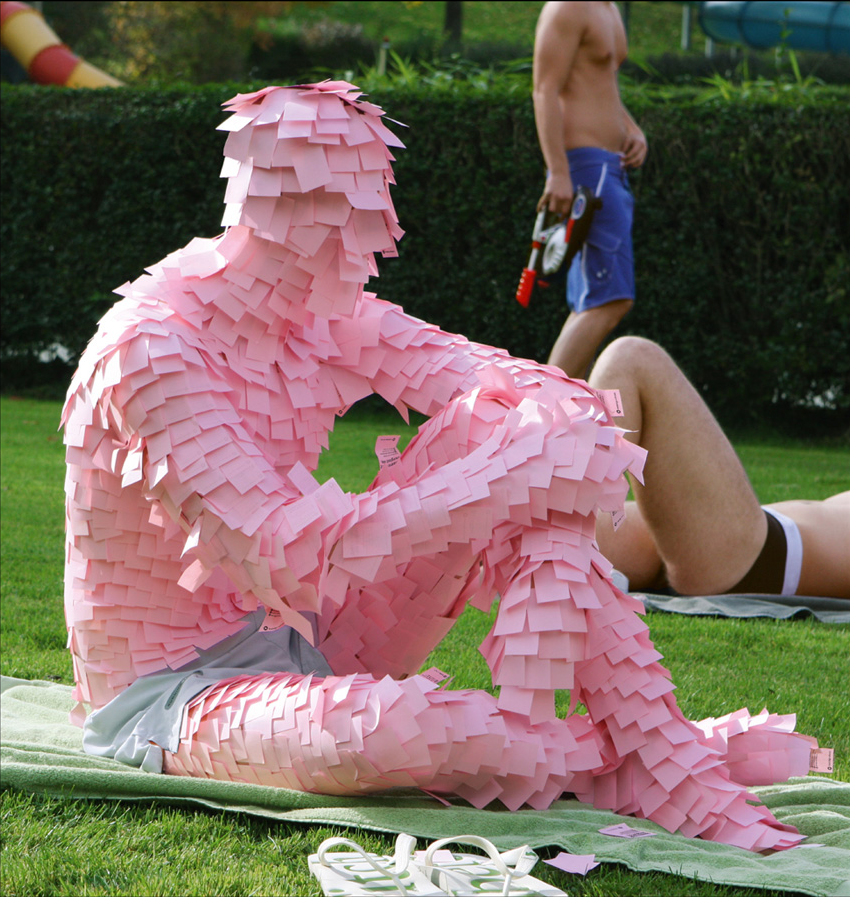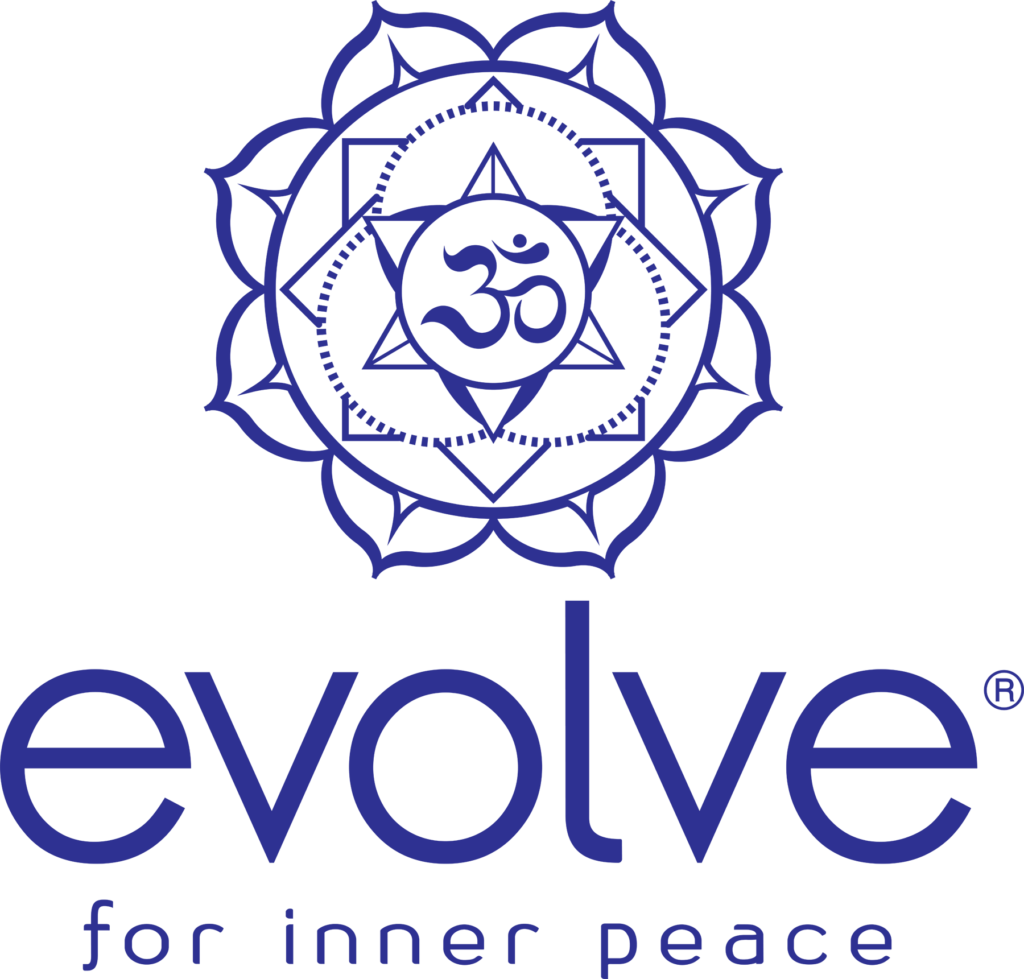Often in new age circles you hear talk of transcending the ego, or egoic attachments. But what is the ego and how can we hope to live a functional life without one?
So what is the Ego?
The Ego, as the term is commonly used in spirituality and philosophy, is simply a collection of ideas and concepts that we have about ourselves. It is who we think we are. The ego is our sense of self; a complex concept stemming from the root concept of “I”. When we think in terms of “I am good” or “I am bad”, Good and Bad are simply vague qualities that we are assigning to the ego.
Throughout the course of our lives, and for various reasons, we judge the qualities that we see in stories of mythical heros and villains, and we sort those qualities into a good pile and a bad pile. Eventually, through a process of constant re-evaluation, we sort those piles into complicated spectrums of better and worse and we begin to use this rating system in a constant, subconscious frenzy of comparing and contrasting our selves with others.
 In our daily lives we have our personal favorites, which tend to be the most comfortable and generally highly rated qualities. We take those concepts and stick them like post-it notes to the blank mannequin of the primary ego (the simple concept of “I”). Then we spend most of our time walking around and believing we actually ARE that mannequin covered in post-it notes and we get very upset if someone mentions that those post-it’s are inaccurate or tries to remove them all together.
In our daily lives we have our personal favorites, which tend to be the most comfortable and generally highly rated qualities. We take those concepts and stick them like post-it notes to the blank mannequin of the primary ego (the simple concept of “I”). Then we spend most of our time walking around and believing we actually ARE that mannequin covered in post-it notes and we get very upset if someone mentions that those post-it’s are inaccurate or tries to remove them all together.
In fact we spend much of our time and energy trying to make sure that those post-it notes, (which we’ve used to label our mannequins as kind, spiritual, generous, caring, funny, intelligent, and a host of other things) don’t come flying off in the breeze of every day life. Just interacting with other people can cause our post-it’s to start coming loose.
Imagine someone expressing views at a party that are opposed to your own. We might clamp down on our “Intelligent post-it” and begin to argue the point, refusing to be wrong. We might go another route and show off our “sense of humor post-it” and ridicule the ideas, or use our “bigger person post-it” and find a way to segue into a more comfortable topic that leaves the rest of your post it’s relatively un ruffled or even allows you to reinforce some of them.
When all of our post-it’s are sticking to the mannequin and we get to exaggerate some of our favorites, we generally call it, “Having a Good Time” because all of the “Good” post-it’s are sticking.
Sometimes we allow others to stick bad post-it’s on our mannequin, or we stick them there ourselves in an effort to cover up naked spots where the good ones just seemed to keep falling off. The inability to maintain our collection of “Good” Post-it’s, or the active application of “Bad” Post-It’s is what we would generally refer to as having a “BAD” time.
The important thing to remember is that neither “Good” post-it’s nor “Bad” post-it’s change the make up of the mannequin, and more importantly, the mannequin isn’t even YOU. The ego is a system of concepts that collectively generate a SENSE of “I”, but that sense is simply a hollow shell that the real YOU is walking around with and looking through.
How would I even function without the ego?
This is a question that comes up fairly often once people begin to recognize that the ego is not just a way of behaving. Once we understand that the Ego is the sum of all of our concepts of self, when we realize that the ego is every idea that we have about our selves, we start to wonder, “How Would I even function in day to day life without those ideas?”
If the ego is the basic thought “I” How could “I” even ask a question or talk to some “other” person if there is no “I” to ask or “other” to talk to?
The fact that this is such a common (and confusing) question highlights a very common misunderstanding about what it means to “transcend the ego”. Contrary to popular understanding, transcending the ego does not mean you destroy it or banish it or repress it. Transcendence is a process of differentiation and integration. It’s a little easier to understand when you realize that we have all transcended our bodies to a certain degree.
At one point, when we were very young, we thought that we were simply the physical form of our body. When we scraped a knee, it seemed like the end of the world because the very fabric of our being was damaged. As we grew older and began to be more aware of our emotions and develop our cognitive ability we knew that we were not just our bodies. We could think about the body and we were in control of the body to a very significant degree. That reality has the subconscious effect of informing us that we are not just the body because we can make the body the object of our awareness. If you are aware of something, that thing becomes “other than” what you are. This is because you can never be that which you are aware OF, you are that which is aware.
The very beginning of transcendence of the ego is simply the recognition of it. This is where Meditation comes in REALLY handy. The simple practice of sitting still and watching your mind allows you to be aware of the habitual mental chatter that makes up the sleeping ego. As you are aware of it, you begin to notice that you are not those thoughts or concepts because you are the one witnessing them as they come and go. If you spend enough time witnessing who it is that you think you are, you will begin to untangle your true self from all of your self concepts as you watch them play out in your awareness.
This is the first stage in the transcendence of the ego; the differentiation which, for the first time, allows us to know experientially that we are not just our own concept of our selves. This is often an extremely introspective time during which daily life can be a hassle, but coming out the other side is the second step in transcendence, the integration of the ego.
The ego is not to be destroyed or repressed. It is a useful and important tool in the great game of life. Just as we realized that we are more than our bodies and the scraped knee became less and less of a tragedy, we begin to know that we are more than the self-concept. Less and less time is spent trying to keep the post-it notes from flying off, and though we still use them from time to time, we don’t care too much what they have written on them and we are willing to change them or drop them at a moments notice.
The mannequin stands more or less naked most of the time and because we are not so worried about keeping our own post-it’s in place, we are open and genuine with others. When someone else is flustered for some reason and having trouble with one of their own post-it’s we don’t need to take the opportunity to tear it off or make sure our own are still sticking. We can be truly compassionate and let them know that sometimes our post-it’s fall off too and there is nothing to be scared of.
When we know that the post-its don’t matter and that the mannequin they are supposed to be covering is just something we HAVE, not something we ARE, the mind can stop spending all of it’s energy trying to maintain the illusion. When the mind is freed from the burden of constant ego maintenance we have more capacity for creativity and compassion.
The ability to accept the ego as something that you HAVE not something that you are. The ability to use it as a tool for the conscious expression of Spirit, rather than allowing it to control and taint your expression. This is true transcendence of the ego.
Wishing You A Shining Transcendence!
Michael SunSpirit !~.-!



